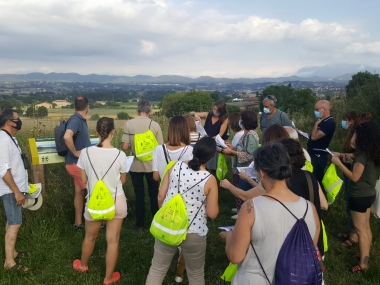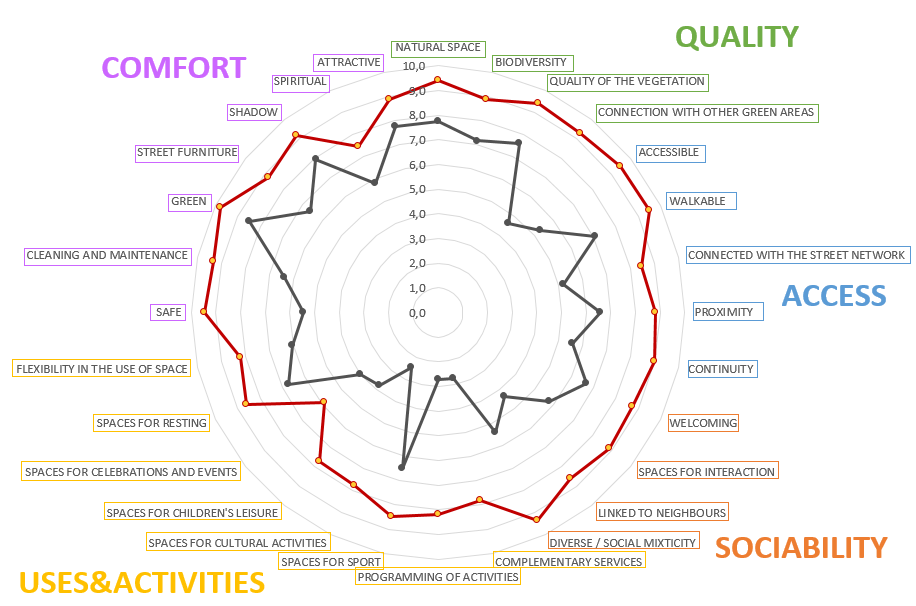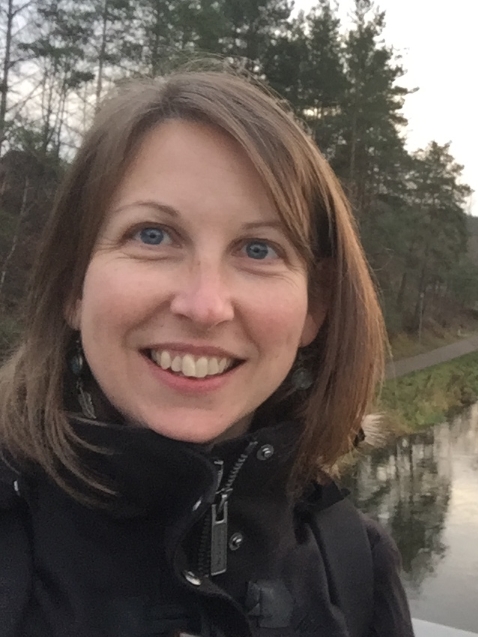Vic: working (and walking) with the Local Group: a healthy step forward
Edited on
04 December 2020Two main challenges in relation to the HEALTHY CITIES network have emerged for the city of Vic. The first one is the Integration of Urban Green Areas and the recovery of the area called “Puig dels Jueus”, following the integrated Master Urban Plan with its cross-sectorial approach and holistic vision. The second challenge is to adjust the indicators and the methodology to perform the health impact assessment of this action.
This represents a regeneration project, with a high content of urban planning, but Vic wants to achieve a cross-sectional cross-cutting approach. The project will allow discussions about mobility, environment, services, land use or hosting cultural and sport activities. Managing the Local Group is a big challenge, but the working sessions are already showing exciting outcomes

The interaction between the urban environment and health is wide and diverse, with many possible approaches and opportunities. The subject is so broad that requires an integrated and multidisciplinary overview, always keeping the focus on the urban planning as the main tool to bring together all the decisions on the different issues that affect the city.
To make the most of the city's potential, we must consider how the design and structure of the city affects our lifestyle positively or negatively. We should take into account the health impact of the decisions.
In this context, the city of Vic developed its Master Plan under a health perspective, and incorporated a methodology to have an overview of the health impact of urban development proposals, which now allows us to prioritize actions.
That is why now, within the framework of the Healthy Cities network, Vic focuses its Action Plan on the recovery and integration of the large green area called "Puig dels Jueus" (54 Ha) located at the north of the city, between the residential and the industrial area. We foresee that this action will have an impact on physical activity, mental health, overweight and quality of life indicators. But we need to develop a tailor-made health impact assessment to make it visible.
Multidisciplinary approach and URBACT Local Group configuration
The recovery of this space will incorporate aspects related to the design of the green area itself as well as the quality of the vegetation, protection of biodiversity, accessibility, connectivity with the rest of the city, or some other aspects such as adapting spaces for social interaction, programming cultural activities or facilitate/encourage the practice of sports. Everything without forgetting aspects such as comfort or safety, achieving a welcoming space, with shade in summer and easy to use.
The approach is totally transversal and integrated, and therefore the Local Group has representatives from all sectors involved (planning, environment, health, sports, education and mobility both public and private, as well as social stakeholders, neighbourhood, business community the University of Vic and the regional authority, Diputació de Barcelona. As it is a city project, the Local Group also has representatives from all the political parties in the council.
Making the most of the study visit
Last July, we held the Phase 2-second meeting of our Local Group, which was a study visit walking all over the area.
At the beginning of the visit, we distributed among the members of the Local Group a map and coloured labels so that, throughout the visit, each participant could identify and mark, the places of interest, opportunities, points to improve, problems, possible new accesses as well as other ideas or proposals.This work resulted in a critical, global and complementary vision of the space as a whole.

To identify priorities, and make a critical analysis of the current situation, we use the "placemaking" public space assessment methodology, alongside "healthy spaces" indicators.
A survey was distributed to the participants to evaluate the characteristics of the space. On the one hand, the importance that each aspect had for the participants and for the group they represent. On the other hand, they were asked to evaluate each aspect in the current situation of the space.
This exercise showed those aspects that are considered "important", and also those where the distance between the current situation and the objective is greater.

After 4 km walking, we finished the visit with a final activity, in which the members of the Local Group described the desirable future scenario for the “Puig dels Jueus” area within 10 years.
This positive reflection led each participant to propose different actions related to accessibility, greening and uses to achieve the desired objective.
A total of 135 actions were proposed, which is a great starting point for the following ULG’ working meetings.
All the proposals will be discussed during the next meetings, but the activities carried out during the visit allowed all the members of the URBACT Local Group to ask themselves questions beyond their working areas specific issues, which was very much appreciated by all those present.
The material used in the visit is available to the network, so that it can be used for a ‘health perspective space analysis’ by the rest of the partners.

 Submitted by Marta Rofin-Serra on
Submitted by Marta Rofin-Serra on
